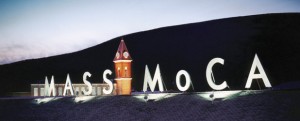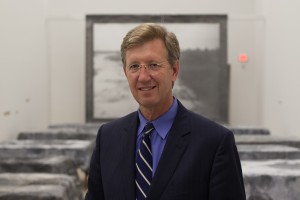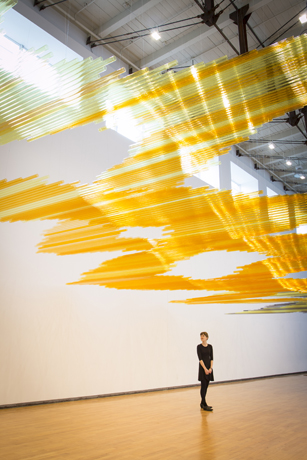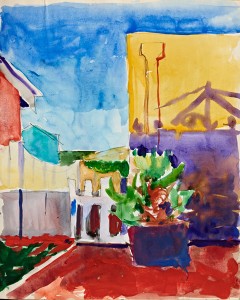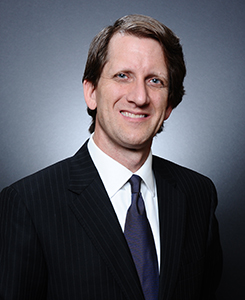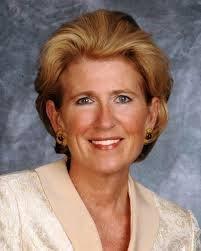Since its September, it’s a good time to reflect on what we know and what we don’t know.
So here’s a test: Who said these things about art?
 “Whenever there appears an art that is truly new and original, the men who denounce it first and loudest are artists.â€
“Whenever there appears an art that is truly new and original, the men who denounce it first and loudest are artists.â€- “There is no ‘pure art,’ unconditioned by experience; all fantasy and formal construction, even the random scribbling of the hand, are shaped by experience and by nonaesthetic concerns.â€
- “I would not deny being one of those critics who educate themselves in public.â€
- “What really depressed me was what I felt these works were able to do to all other art. The pictures of de Kooning and Kline, it seemed to me, were suddenly tossed into one pot with Rembrandt and Giotto.â€
- “The new American painting is not ‘pure’ art, since the extrusion of the object was not for the sake of the aesthetic. The apples weren’t brushed off the table in order to make room for perfect relations of space and color. They had to do so that nothing would get in the way of the act of painting.â€
- “Everyone dislikes technical criticism of painting; and there’s no other decent kind. What’s wanted is horseshit. And the horseshit is so easy to write brilliantly, but I shan’t.â€
- “Painting became the means of confronting in daily practice the problematic nature of modern individuality. In this way Action Painting restored a metaphysical point to art.â€
Hint: they were all said by critics – four men, whom Artspace is featuring in a series it calls “Know Your Critics.†The four are, as you may have guessed, Meyer Schapiro, Harold Rosenberg, Clement Greenberg and Leo Steinberg.
But who said what?
Answers soon.

